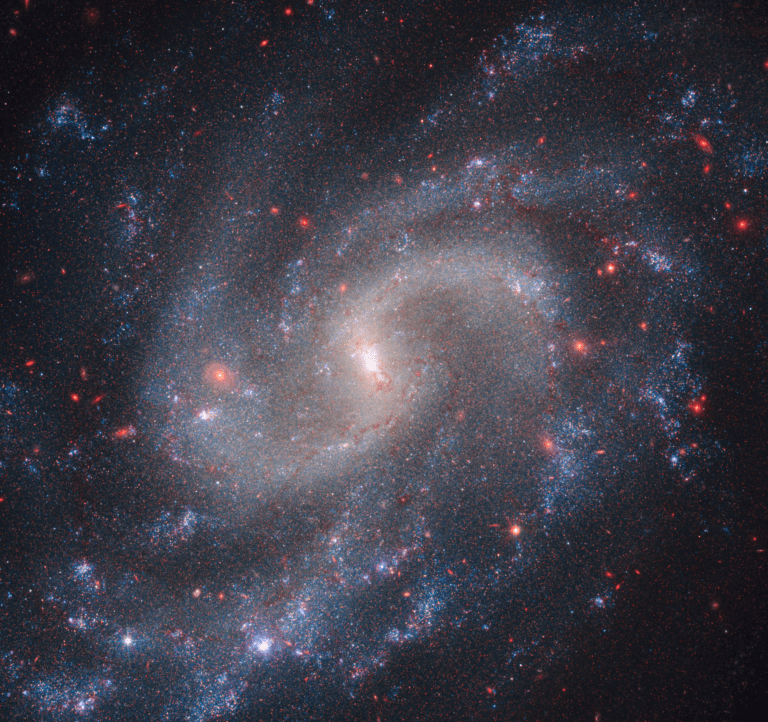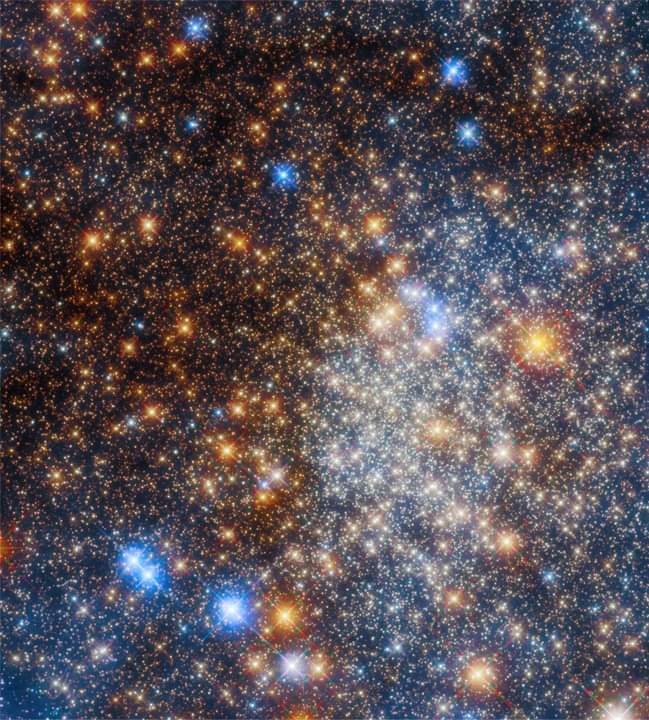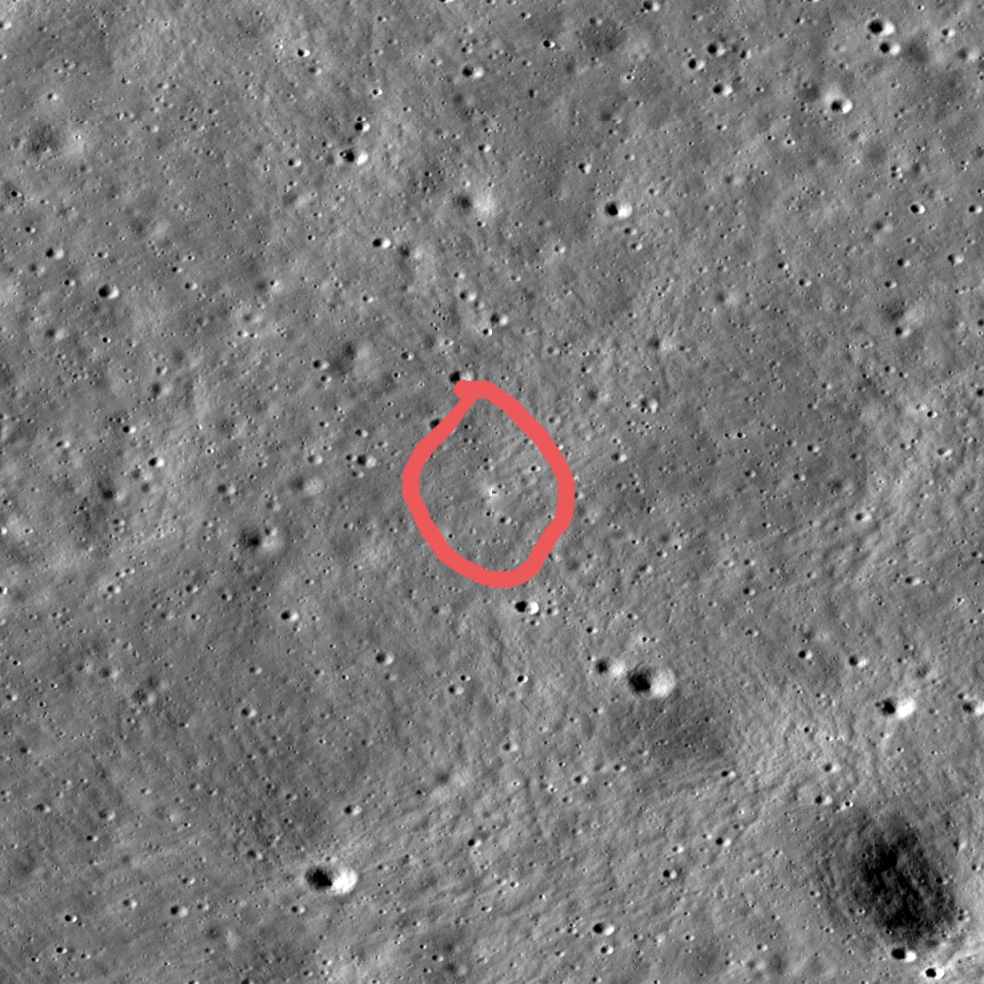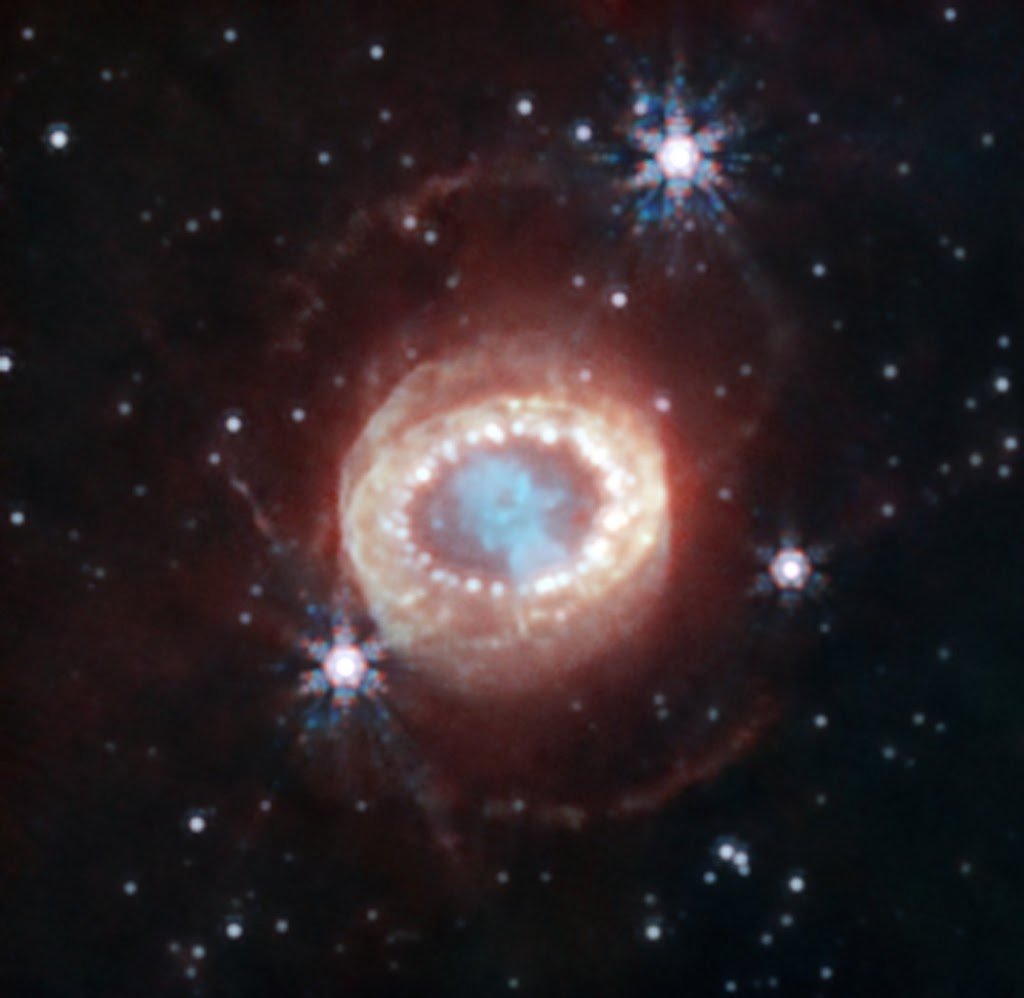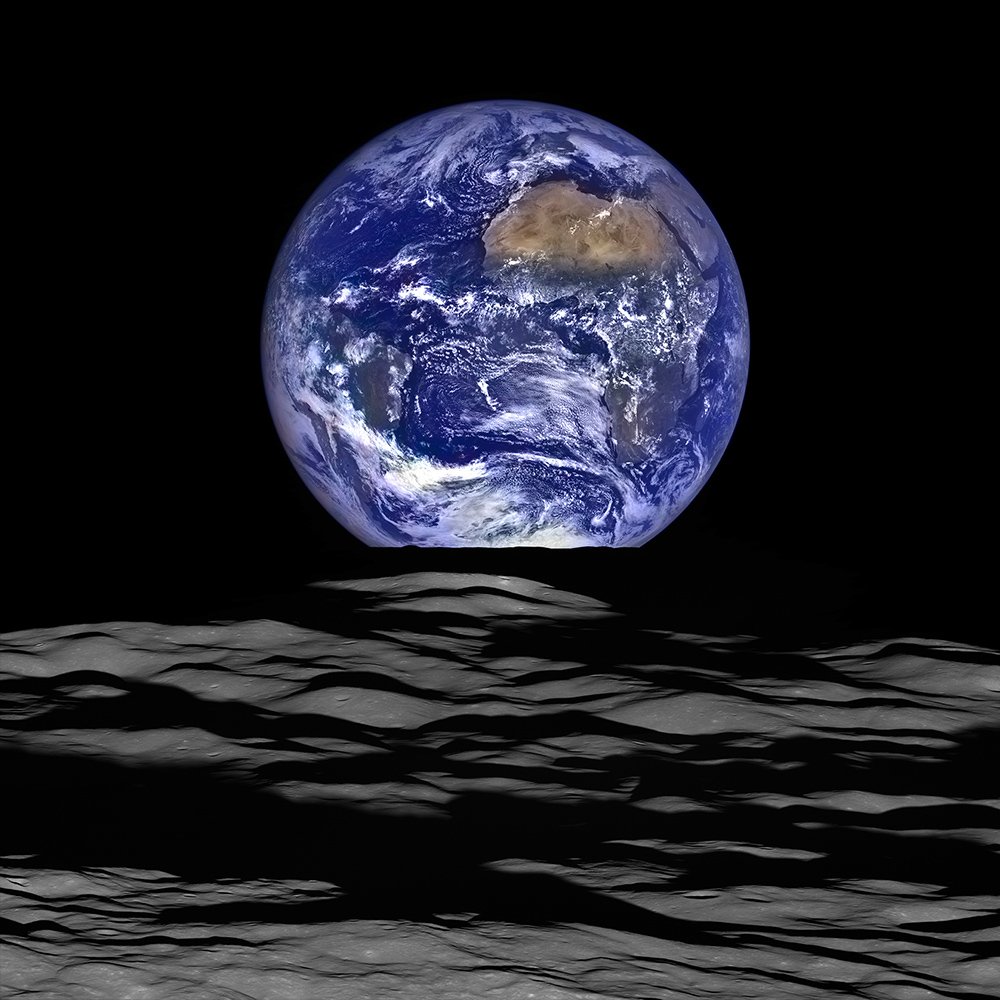Webb’s observations reveal an excellent distribution of supersonic outflow from a young star.
NASA’s James Webb Space Telescope has provided an extremely detailed view of Herbig-Haro 211, a young star analogous to our Sun. This nearby star is surrounded by gas and dust which is propelled outward at high speeds due to the stellar winds or jets of gas from the new star. The image taken by […]


